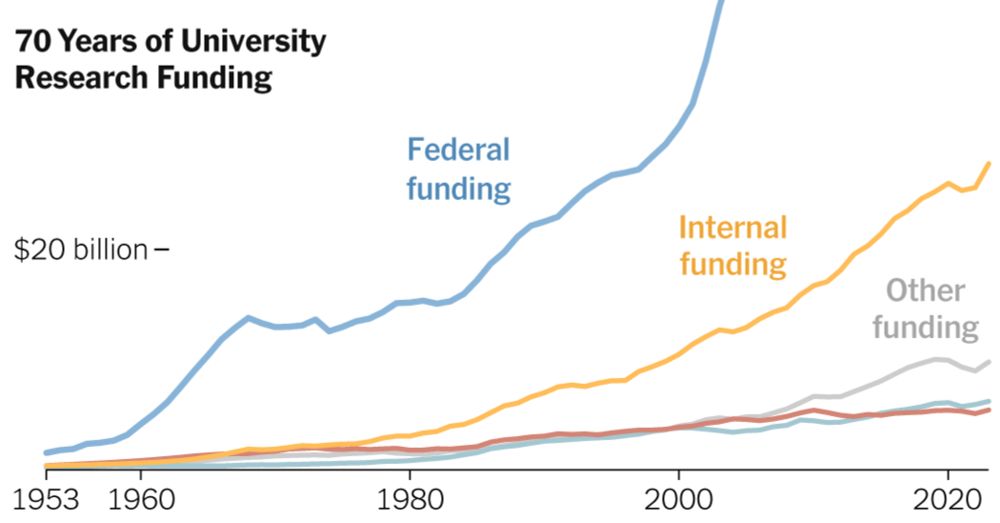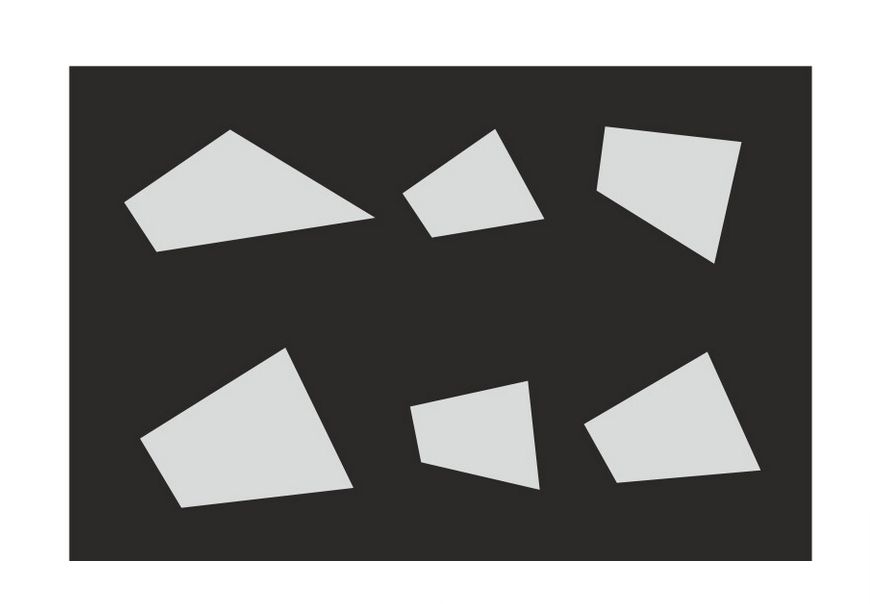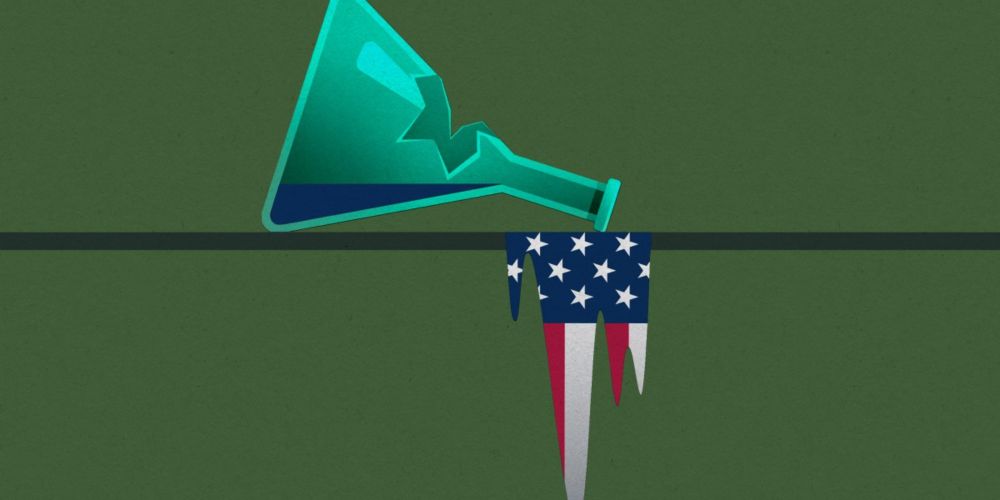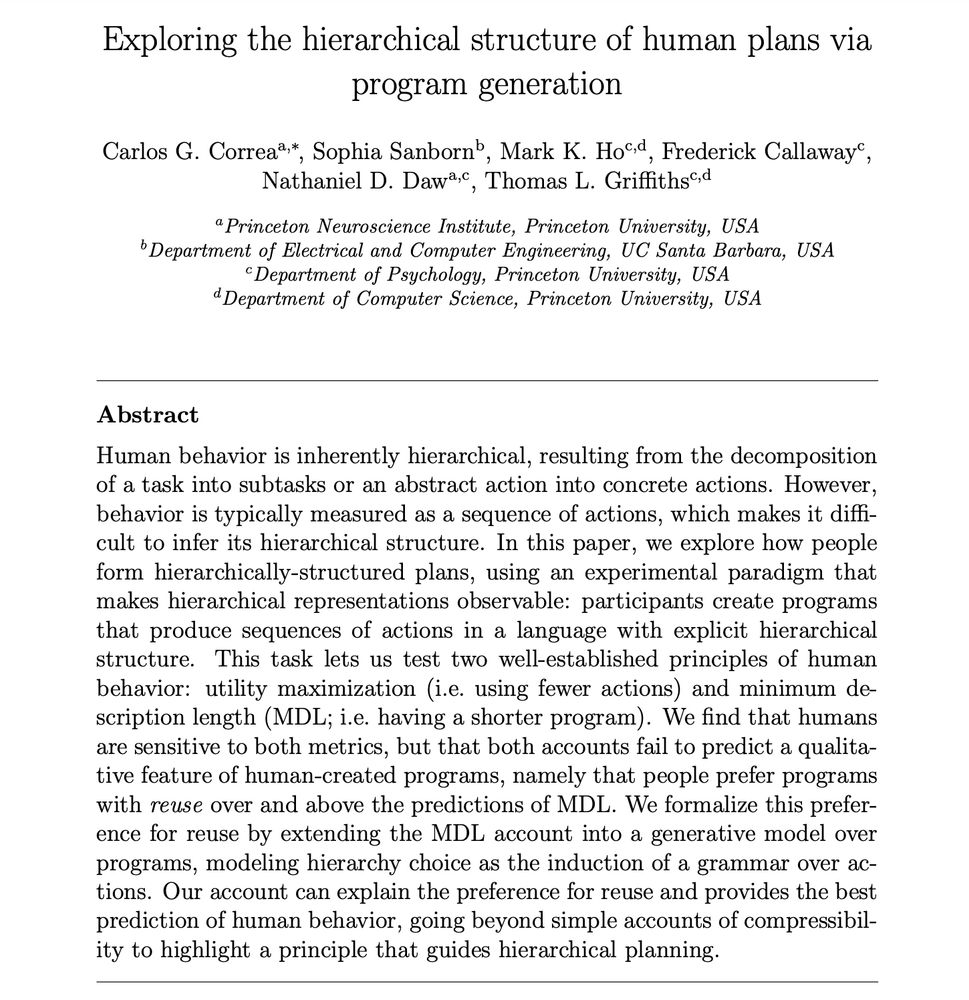Sam Cheyette
@samcheyette.bsky.social
1K followers
150 following
16 posts
I study thinking. Postdoc in the CoCoSci lab at MIT.
Posts
Media
Videos
Starter Packs
Reposted by Sam Cheyette
Stephen Ferrigno
@sferrigno.bsky.social
· Sep 15

Do Humans Use Push‐Down Stacks When Learning or Producing Center‐Embedded Sequences?
Complex sequences are ubiquitous in human mental life, structuring representations within many different cognitive domains—natural language, music, mathematics, and logic, to name a few. However, the....
onlinelibrary.wiley.com
Sam Cheyette
@samcheyette.bsky.social
· Aug 11

Dissemination of Erroneous Research Findings and Subsequent Retraction in High-Circulation Newspapers: A Case Study of Alleged MDMA-Induced Dopaminergic Neurotoxicity in Primates
Ensuring the public is informed of retractions has proven difficult for the scientific community. While it is possible that newspapers focus differential attention on publication of scientific arti...
www.tandfonline.com
Reposted by Sam Cheyette
Reposted by Sam Cheyette
Reposted by Sam Cheyette
Sam Cheyette
@samcheyette.bsky.social
· Dec 7
Reposted by Sam Cheyette
Reposted by Sam Cheyette



















